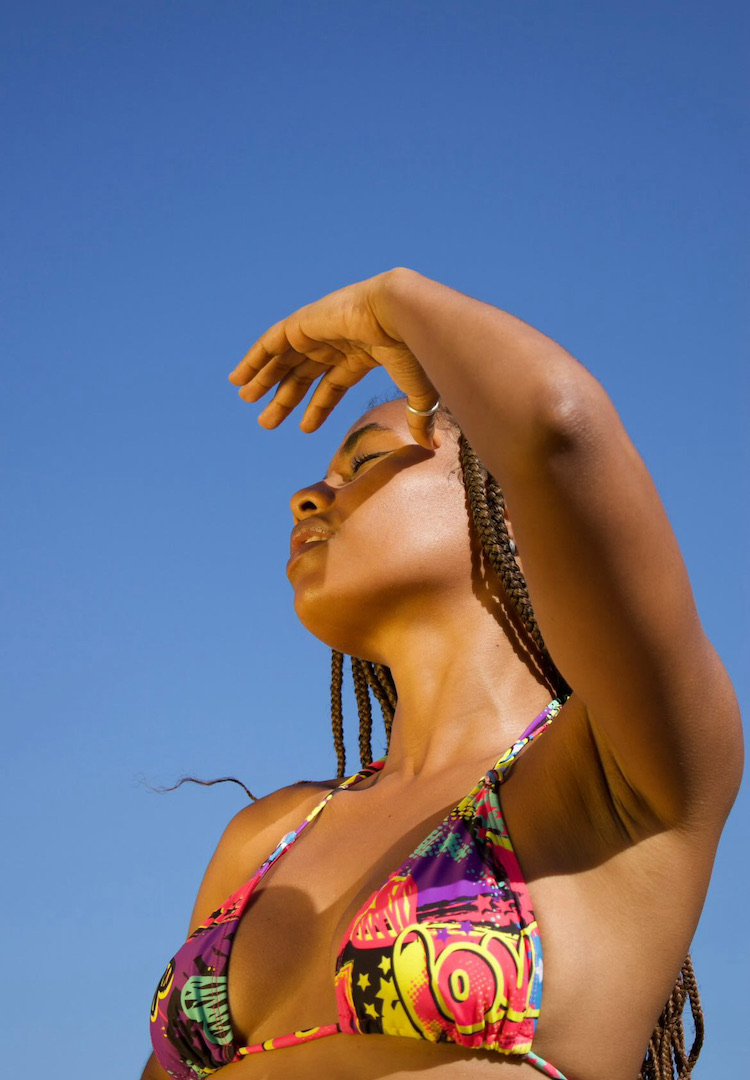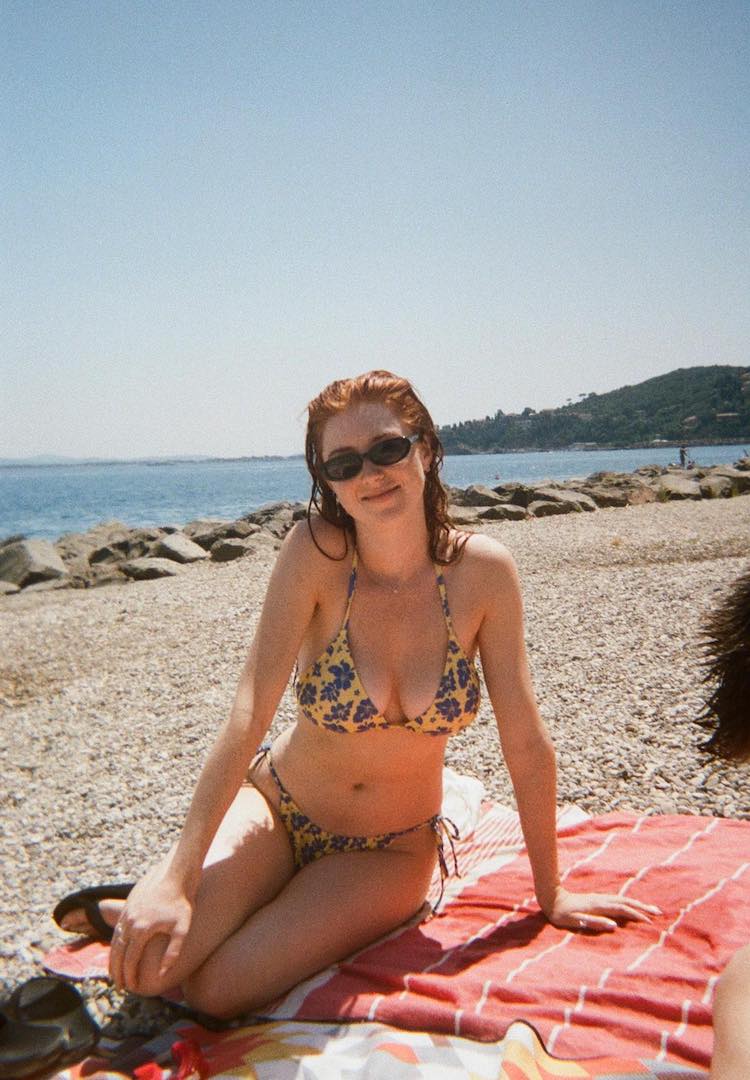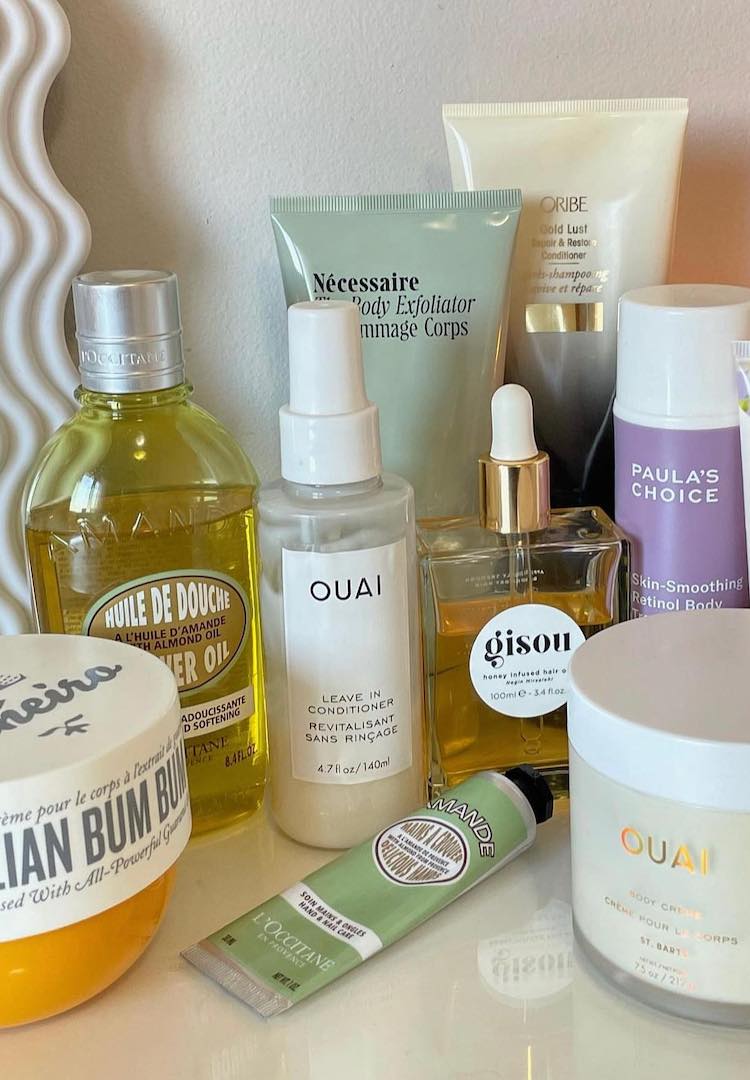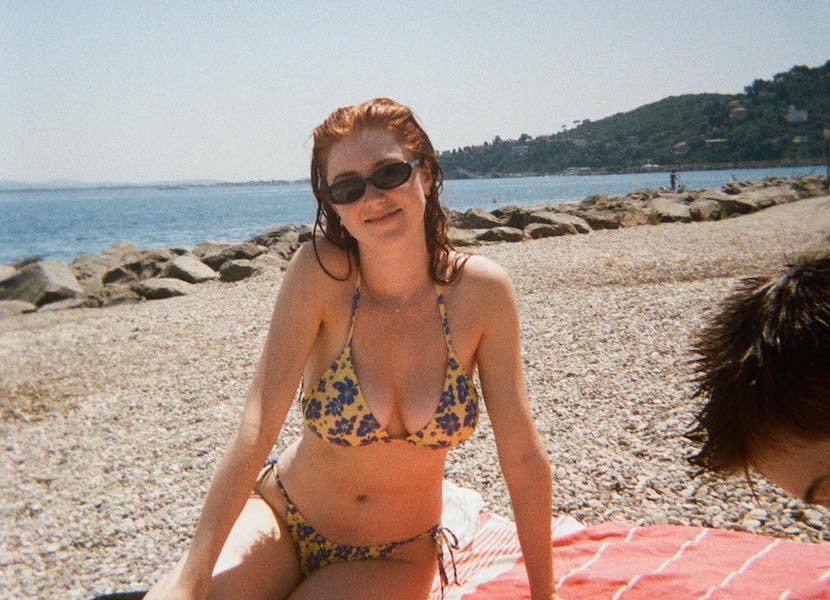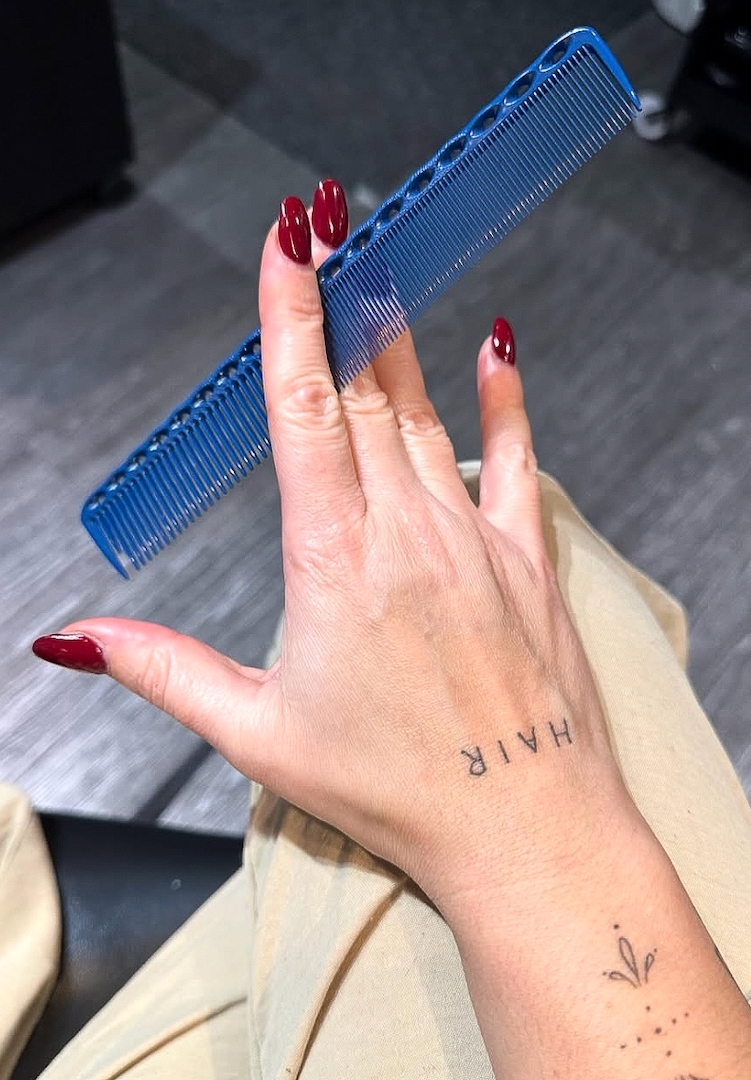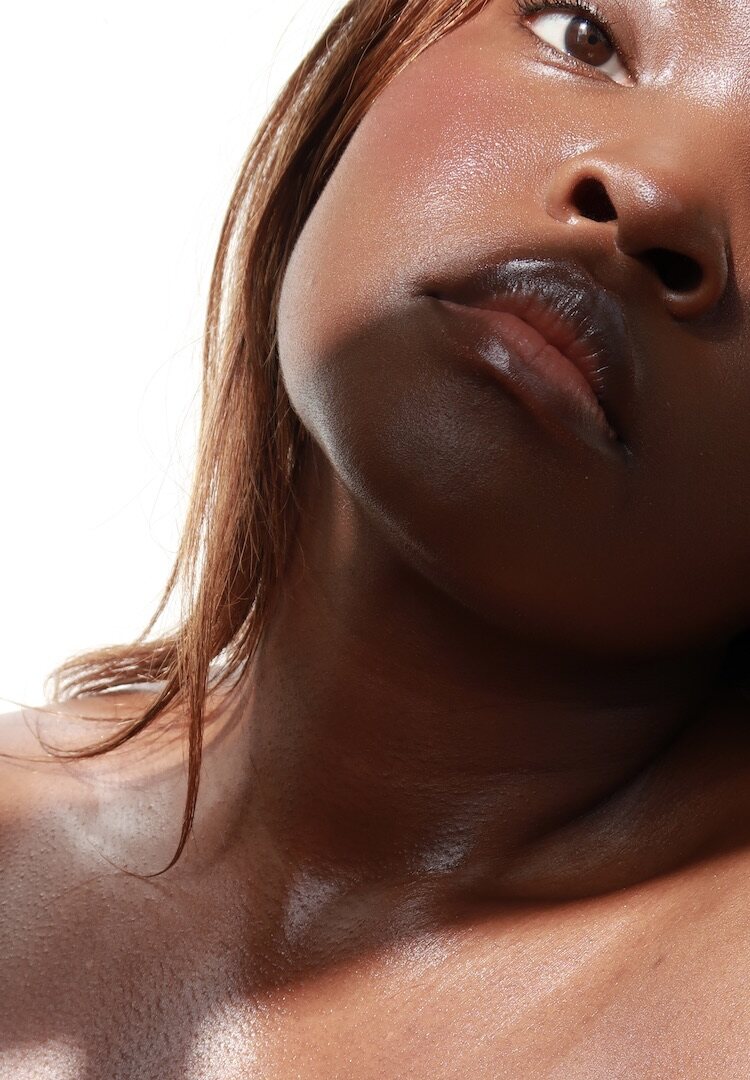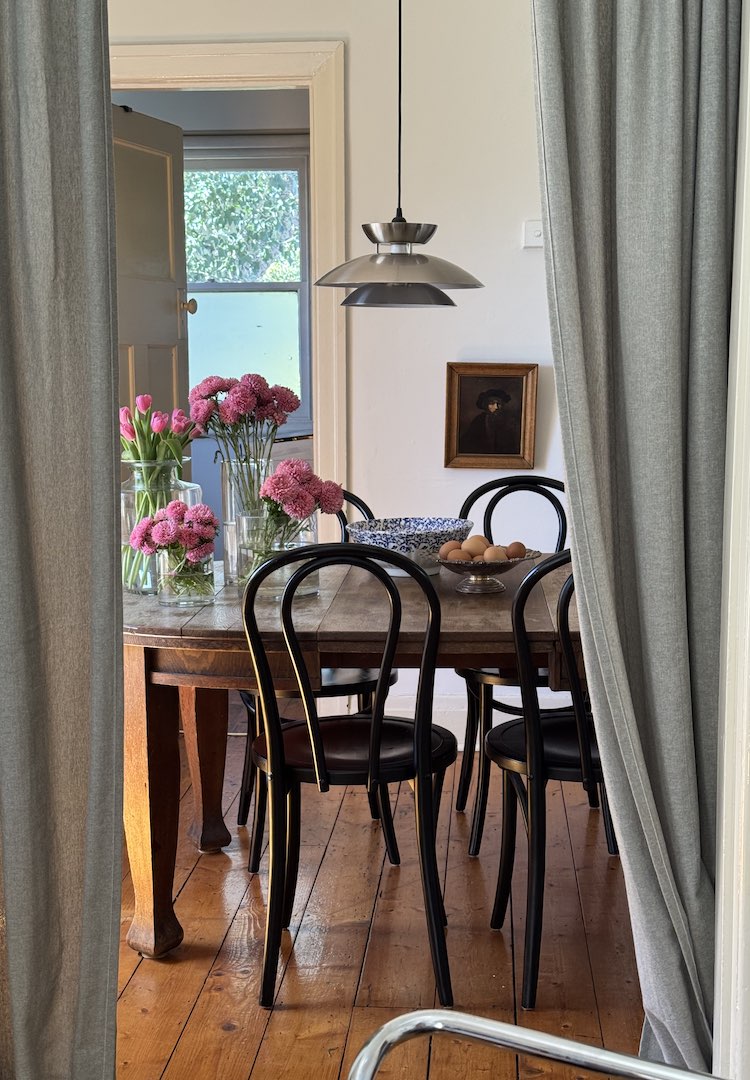After years of fake tanning, here’s how I finally embraced my pale skin
image via @graceflynn_/INSTAGRAM
WORDS BY GRACE FLYNN
“After years of fake tanning, I arrived in my early twenties questioning the absurdity of it all.”
If you’d told 18-year-old me I’d eventually break up with fake tan forever, she would’ve laughed in your face. And yet here I am, in all my pale glory, finally able to recognise that my almost 10-year relationship with fake tan was hardly a healthy one.
Like so many pale-skinned girls, fake tan had quite the chokehold on me. And considering the beauty trends of 2014 – when my long relationship with self-tanner began – it’s hardly surprising.
We like nosy people. Don’t be shy, head to our Beauty section for more.
If you were also a high school student during the 2010s, you may unfortunately recall Snapstreaks, gladiator sandals and Australia’s intense obsession with tanning. Photos of tanned legs on beaches (or were they sausages?) from Triangl bikini-clad girlies flooded Instagram feeds, prompting ghostly white girls like myself to quickly learn the ways of faux-bronzed influencers.
Of course, at the time, the rise of fake tan was a welcome departure from the old methods like cooking your skin in oil (much like a sausage) under the sun’s damaging rays. In this sense, I don’t deny that self-tanner has its place in offering a safe, UV-free way of getting tanned skin.
It’s a big win in a country that has one of the highest rates of skin cancer in the world. However, there’s also no denying the ubiquity of fake tanning ads in the 2010s – particularly across Instagram and YouTube – reinforced Australia’s ongoing obsession with sunkissed complexions.
The message was simple: if you’re pale, don’t be. At least not if you want to be beautiful. So, in pursuit of a tan my ginger genes would never give me naturally, I overlooked the tiger-bread skin and burnt-biscuit smell in exchange for an unnaturally dark complexion.
I didn’t care if it was obviously fake – I wasn’t trying to fool anyone. People stopped commenting on my paleness and for the first time in my life, I felt like I was one step closer to meeting the incredibly narrow beauty standards Australia had set for women at the time. In short, it was worth it.
But after years of fake tanning, I arrived in my early twenties questioning the absurdity of it all. I loathed Thursday ‘tan night’ with a fiery passion and yet rain, hail or shine, I’d be slathering an ultra-dark shade on my skin if I had an event that weekend. Despite how inconvenient it all was, I forced myself to put on the mitt by reminding myself just how confident I’d feel once I was tan (read: orange).
As trivial as it all may sound, my dependence on fake tan was real. If I wanted to feel good about my appearance, go to a music festival or post a photo to Instagram, fake tan was the prerequisite. But the self-confidence it gave me was inherently short-lived. And as it turns out, I’m not alone in this experience.
Mimi Watt, @recoveringtanaholic on TikTok, is one Australian creator who openly talks about her tanning addiction online. In a series she titles ‘Things I’m Ashamed To Say About Fake Tanning’, Mimi admits when she thinks about going on a European holiday, the first thing she thinks about isn’t the wonderful, beautiful places she’s going to visit, but rather how she’s going to maintain her fake tan routine.
@recoveringtanaholicNew series sharing all the things I’m ashamed to say, but that feel very real for me, about fake tanning. Maybe you can relate to some of these?♬ original sound – Mimi – Fake Tan & Pale Skin
The comment section is incredibly telling. There are hundreds of women admitting they felt the same way, and just as many sharing their tanning tips or recommending certain products. But the tides are turning on fake tan. More and more pale-skinned influencers have announced they’re embracing their natural skin tone.
The hashtag #quittingfaketan has billions of views and counting on TikTok. At the time of writing, even the original selfie icon Kurt Coleman has given up the heavy spray tans. It’s the end of an era. But there are still plenty of creators peddling fake tanning products, too.
Fake tan is here to stay (and stain). But what has changed is the dialogue around it. We’re moving away from the idea that fake tan is a ‘solution’ to pale skin, rather than an aesthetic option. We’re finally admitting how much we all hate the continuous cycle of exfoliating, marinating and flaking. It seems the bronze-tinted glasses are off for many of my fellow pale-skinned girlies.
While I wish I could say my decision to lean into my paleness and ditch fake tan forever was one I came to entirely on my own, I’m grateful for the collective shift away from the Geordie Shore-style tan. I can see my relationship with fake tan for the toxic, time-consuming, patchy mess that it was. Now my Thursday nights are free, my sheets are no longer stained and my skin is pale. And I intend to keep it that way.
This article was originally published on September 27, 2023.
For more on quitting fake tan, head here.

